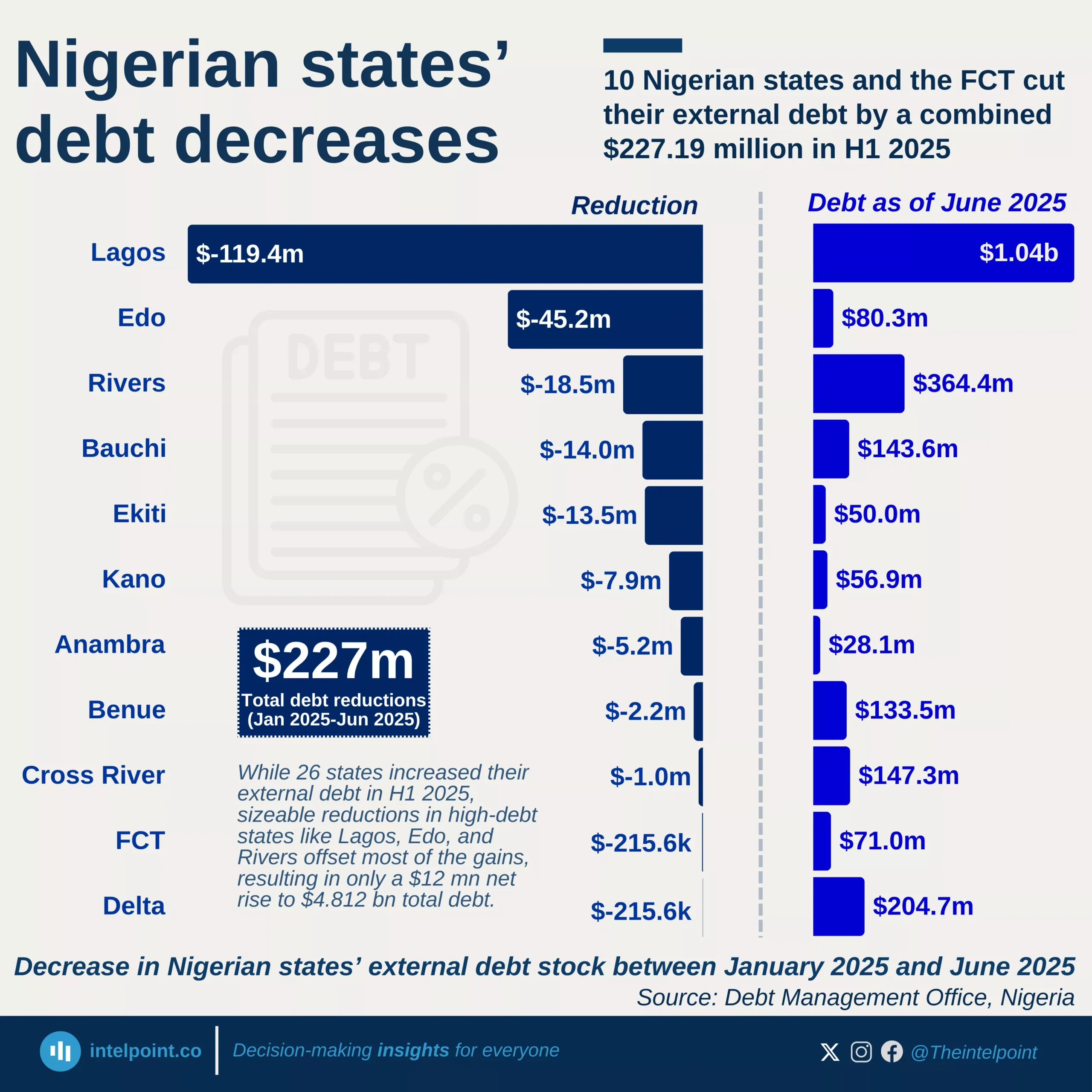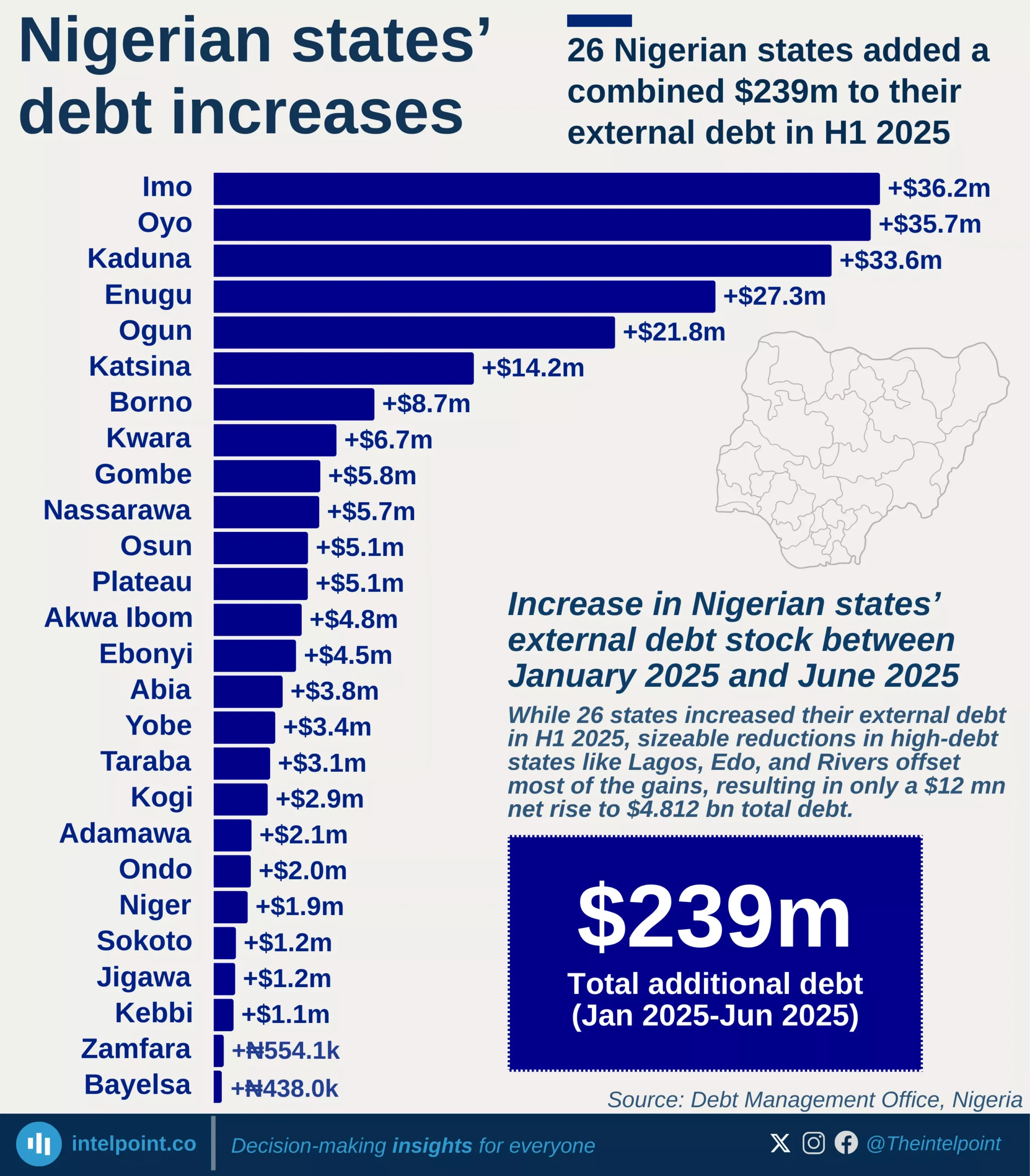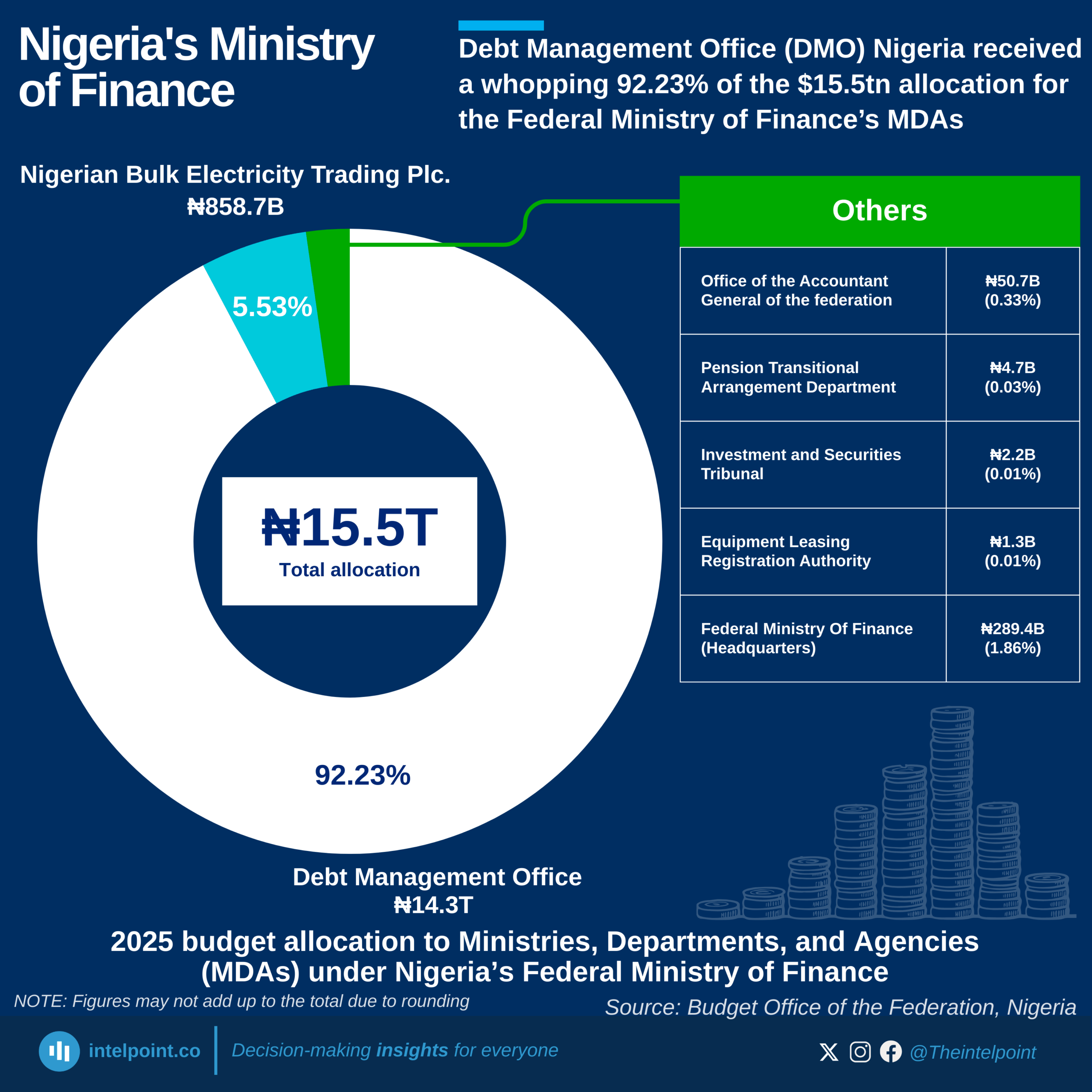The cost of cooking gas nationwide increased from an average of ₦10.3k in March 2023 to nearly ₦16k in March 2024.
However, the northern regions had the most affordable prices. The North East had the lowest average price of ₦14.9k for a 12.5kg cylinder.
In Katsina, the average price for 12.5kg of cooking gas was ₦12,400 as of March 2024, the lowest in the country.





